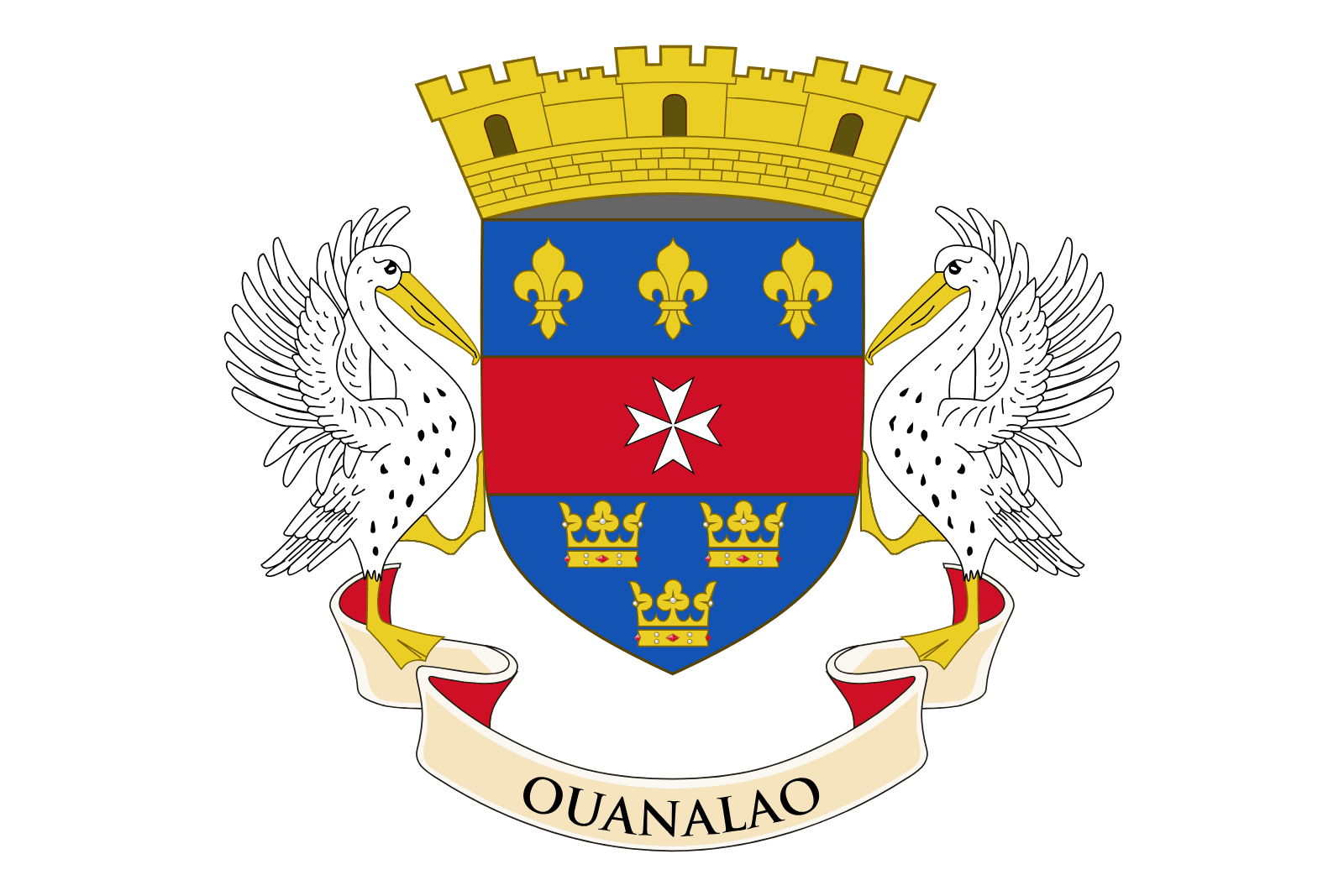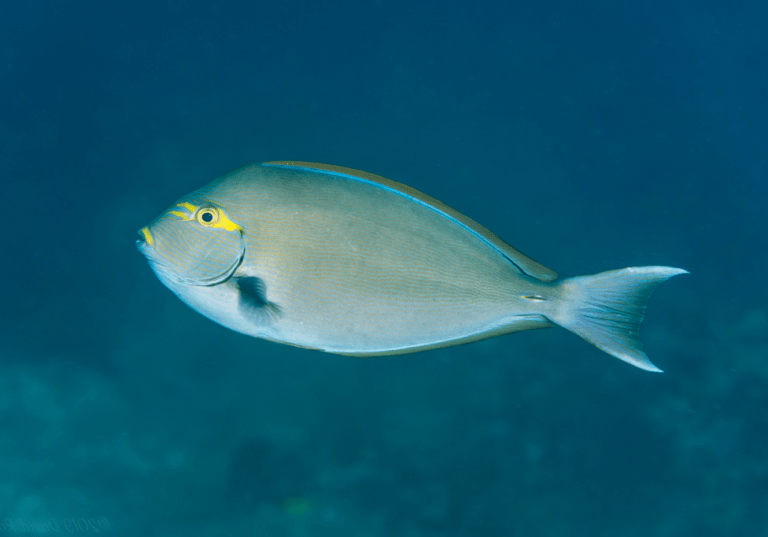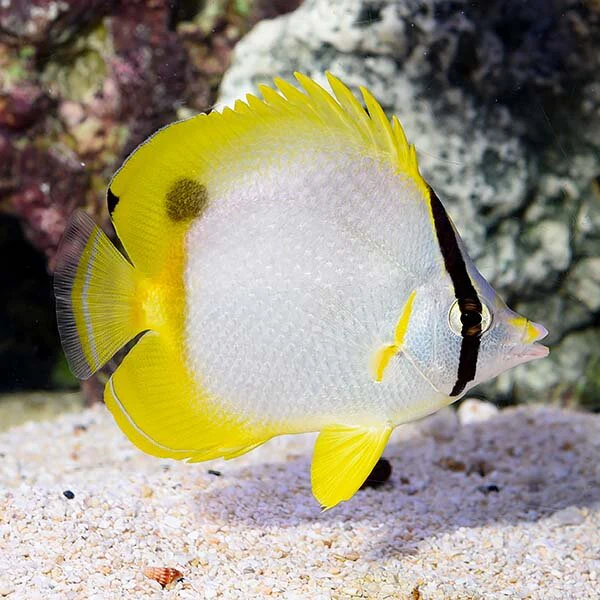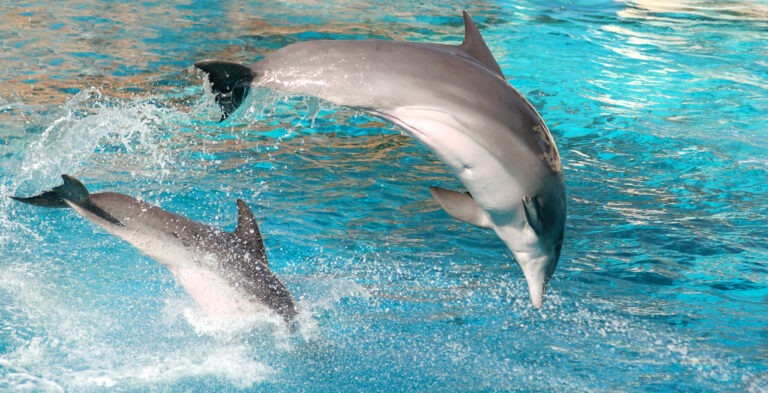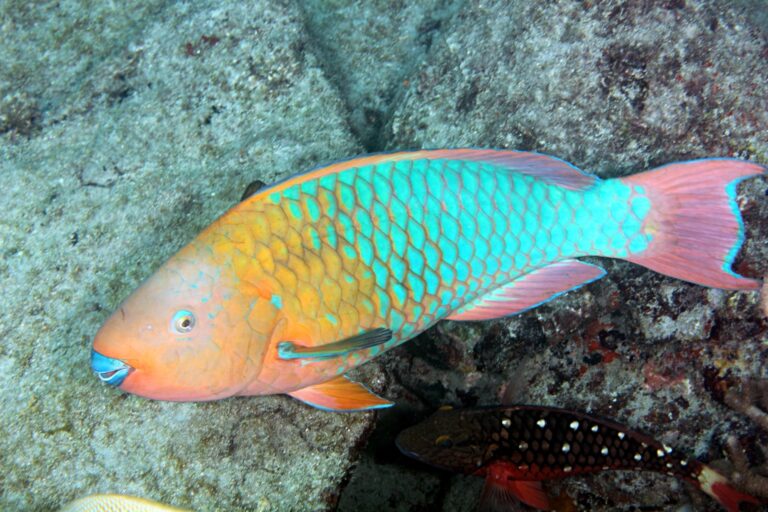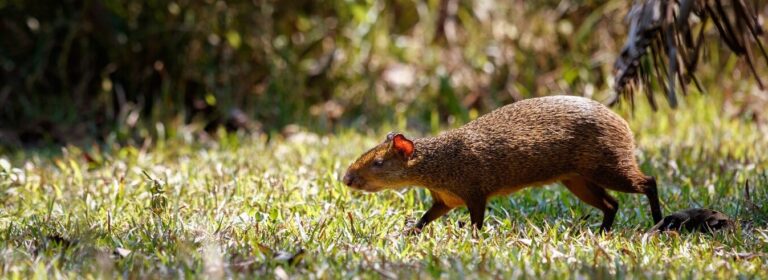St Barth Brown Pelican
In St. Barth, the Brown Pelican is a common sight along the island’s coasts, especially in areas like Anse des Cayes, Colombier, and the marine reserve of Île Fourchue. These birds can often be seen gliding just above the waves, scanning the water for schools of fish. When a pelican spots its prey, it executes a dramatic plunge dive, folding its wings and dropping headfirst into the water to capture its meal. This spectacle is not only a testament to the pelican’s hunting skills but also a mesmerizing sight for both locals and visitors.
The Brown Pelican (Pelecanus occidentalis) is a large seabird known for its distinct appearance and graceful flight. Unlike other pelican species, the Brown Pelican is relatively small, measuring about 3 to 5 feet in length with a wingspan of up to 7 feet. Its plumage is primarily gray-brown, with a distinctive white head and neck that often turns yellow during the breeding season. The bird’s large bill, equipped with a capacious throat pouch, is one of its most striking features, used to scoop up fish from the sea.
Ecological Importance
The Brown Pelican plays a vital role in the marine ecosystem of St. Barth. As a top predator in the coastal food chain, it helps maintain the balance of marine life by regulating fish populations. Their diet primarily consists of small fish, such as menhaden and sardines, which they consume in large quantities. This feeding behavior ensures that fish populations do not become overly abundant, which could otherwise lead to imbalances in the ecosystem.
Moreover, the presence of Brown Pelicans is an indicator of the health of the marine environment. These birds are sensitive to changes in water quality and fish availability, making them important bioindicators. A thriving pelican population suggests that the waters around St. Barth are clean and rich in marine life, reflecting the island’s commitment to preserving its natural habitats.
Conservation and Challenges
Despite their abundance today, Brown Pelicans have faced significant challenges in the past. In the mid-20th century, their populations plummeted due to the widespread use of the pesticide DDT, which caused eggshell thinning and led to reproductive failures. Fortunately, following the ban on DDT in the United States and conservation efforts throughout the Caribbean, Brown Pelican populations have rebounded.
In St. Barth, ongoing conservation efforts aim to protect these birds and their habitats. The establishment of marine reserves and protected areas has been crucial in ensuring that Brown Pelicans have safe breeding grounds and abundant food sources. These efforts are supported by both the local government and international organizations dedicated to wildlife preservation.
A Symbol of St. Barth
Beyond their ecological significance, Brown Pelicans have become a symbol of St. Barth’s natural beauty and resilience. Their graceful presence along the island’s shores is a reminder of the delicate balance that must be maintained between development and conservation. As St. Barth continues to grow as a luxury destination, the protection of its native species, like the Brown Pelican, remains a priority.
In conclusion, the Brown Pelican is more than just a bird in St. Barth; it is a living symbol of the island’s commitment to preserving its natural heritage. Whether seen soaring above the waves or resting on a sunlit rock, the Brown Pelican is a reminder of the island’s vibrant ecosystem and the ongoing efforts to protect it for future generations.

